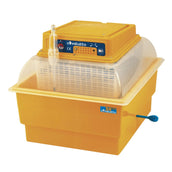Novital Egg Incubator Maxi
Free shipping from € 75,-*
30 days return
Customers rate us with a 9.2
Product Details
Ready to hatch some healthy chicks? The Novital Egg Incubator Maxi is here to help! It can handle around 24 chicken eggs at a time with its automatic egg rotation system. This nifty gadget ensures your eggs get the perfect turn every 24 hours, all thanks to a handy little motor (art. 6001337).
Creating the right environment
This incubator sets the scene perfectly for chicks to make their debut. Here are a few tips to get the best results:
Top tips for a good hatch cycle
- Feed your birds well.
- Keep a good balance of male and female birds.
- Avoid young or very old birds.
- Don’t let blood relatives crossbreed.
- Keep nests clean and use plenty of bedding.
- Make sure the breeding area is at least 16°C and humidity is between 55-75%.
- Don’t leave eggs in the sun or an overly warm place.
- Check the nests four times a day and remove any fresh eggs.
- Collect all eggs before nightfall, don’t let them stay in the nests overnight.
- Sort eggs by size, shape, and weight. Medium-sized eggs work best for hatching.
- Place the eggs in a rack with the pointy end down and keep them in a room at 15-18°C with humidity at 55-75% for 24 hours before incubation.
- Use eggs no older than 5 days to avoid hatching issues.
Getting started
- Read the instructions.
- Check for any damage.
- Use the incubator only for hatching eggs (Novital isn’t responsible for misuse).
- Ensure all parts are in place, and for the Maxi model, make sure the rod for egg turning is mounted.
- Plug in the incubator, let it stabilise for an hour.
- Adjust the temperature using the top screw if needed.
- Always unplug before opening the incubator.
- Fill it up with lukewarm water to the brim.
- Once stable, place the eggs inside.
- Confirm the turning device is working.
- Re-check the temperature after an hour.
During incubation
- Turn eggs twice daily.
- Check the water level every other day and top up as needed, but do a final top-up three days before hatching starts, and don’t open the lid again.
- Monitor the temperature twice daily.
- Divide the eggs if the incubator isn’t full.
- Use a fertility check on the 6th or 7th day.
- For duck or goose eggs, open the incubator daily after the 9th day for about 15-20 minutes; spray the eggs with lukewarm water.
- Remove the partition walls three days before hatching to give chicks space.
- Let chicks dry in the incubator for 24 hours before moving them to a room with a heat lamp, water, and chick feed.
- Clean the incubator with a sponge, lukewarm water, and a cleaning agent once done.
Important features
- Holds around 24 chicken eggs
- Automatic 24-hour egg rotation
- Creates ideal hatching environment
- Requires 15-18°C and 55-75% humidity
- Includes motor for automatic rotation (art. 6001337)
- SKU: 6001336
- Brand: Novital
Get notified when this product is back in stock
 Horse Pharmacy
Horse Pharmacy Rugs
Rugs Care
Care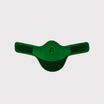 Saddle and Attachments
Saddle and Attachments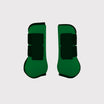 Leg Protection
Leg Protection Bridles
Bridles Feed
Feed Fly Masks
Fly Masks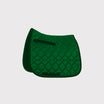 Saddle Pads
Saddle Pads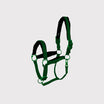 Headcollars and Ropes
Headcollars and Ropes Bits
Bits Other Disciplines
Other Disciplines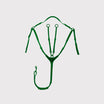 Reins and Auxiliary Reins
Reins and Auxiliary Reins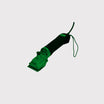 Clipping
Clipping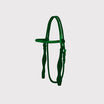 Western
Western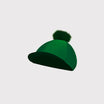 Eventing
Eventing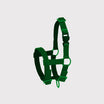 Foals
Foals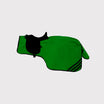 Reflection
Reflection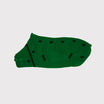 Therapy Products
Therapy Products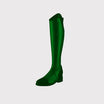 Boots and Shoes
Boots and Shoes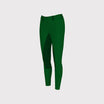 Breeches and Belts
Breeches and Belts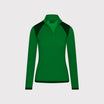 Tops
Tops Safety
Safety Competition
Competition Heated Clothing
Heated Clothing Gloves
Gloves Socks
Socks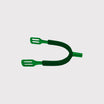 Spurs and Attachments
Spurs and Attachments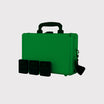 Technology
Technology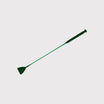 Whips
Whips Gifts
Gifts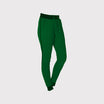 Casual Wear
Casual Wear Underwear
Underwear Rider Pharmacy
Rider Pharmacy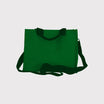 Bags
Bags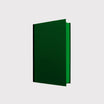 Books
Books Laundry supplies
Laundry supplies Jewelry
Jewelry Feed and Waterbowls
Feed and Waterbowls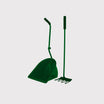 Equipment
Equipment Tack Room
Tack Room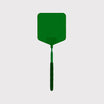 Pest Control
Pest Control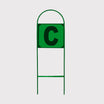 Arena
Arena Horse Toys
Horse Toys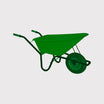 Wheelbarrows
Wheelbarrows Yard
Yard Surveillance
Surveillance Disinfect
Disinfect Washing Area
Washing Area Lighting
Lighting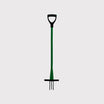 Horse Pasture
Horse Pasture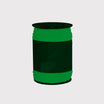 Current Conductors
Current Conductors Pole
Pole Insulators
Insulators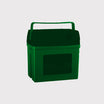 Energisers
Energisers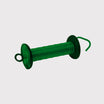 Gate Handles
Gate Handles Batteries and Accumulator
Batteries and Accumulator Nets
Nets Grounding
Grounding Tools
Tools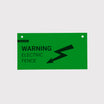 Fencing Security
Fencing Security Wolf Defense
Wolf Defense Fencing Sets
Fencing Sets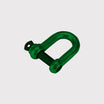 Fence locks
Fence locks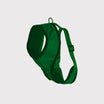 Dogs
Dogs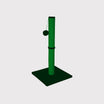 Cats
Cats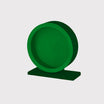 Rodents
Rodents Dogs Pharmacy
Dogs Pharmacy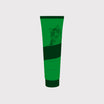 Cats Pharmacy
Cats Pharmacy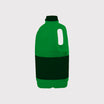 Rodents Pharmacy
Rodents Pharmacy Cattle Pharmacy
Cattle Pharmacy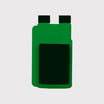 Poultry Pharmacy
Poultry Pharmacy Veterinary Supplies
Veterinary Supplies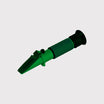 Cattle
Cattle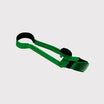 Sheep and Goats
Sheep and Goats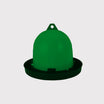 Poultry
Poultry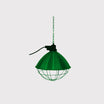 Heat Lamps
Heat Lamps Calves
Calves Marking
Marking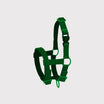 Halters
Halters
